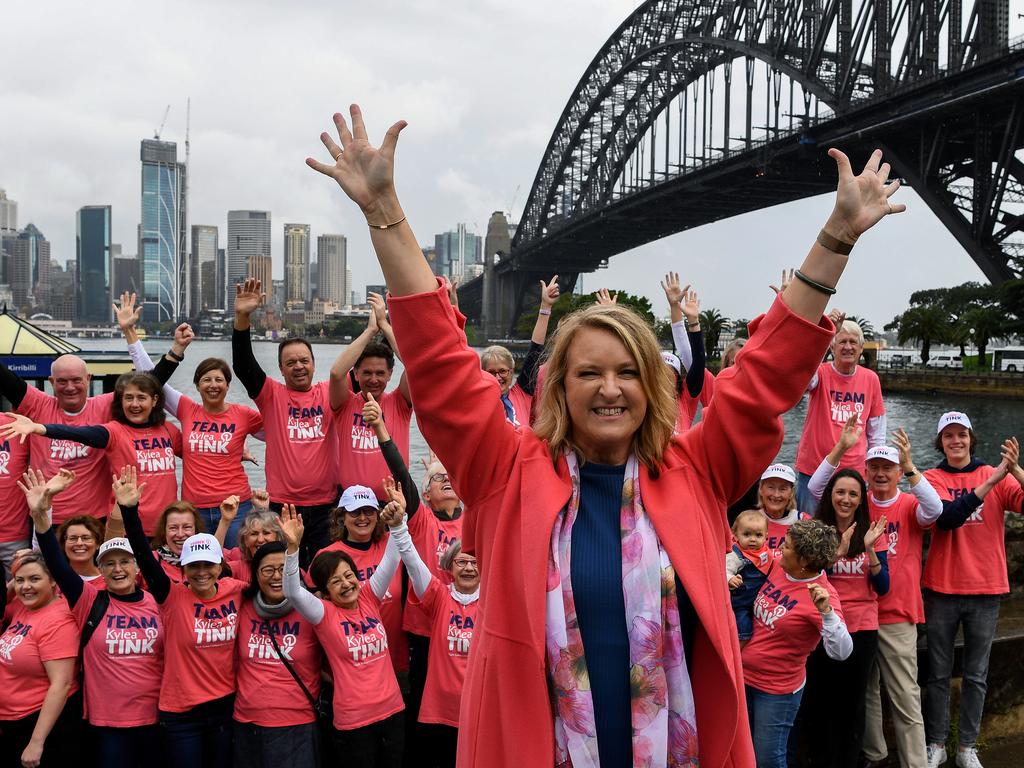Forget the teals, the real contest is in the suburbs

At last count more than 8.4 million Australians voted for the Coalition or Labor parties. About 212,000 gave their primaries to successful teal candidates. The Greens received 1.4 million votes nationwide. Little wonder Adam Bandt, with only three MPs, is wondering how the teals, in only one election, got from one to seven seats.
The teals are the climate change party you can vote for without supporting suburban heroin injecting rooms, death taxes or defunding the Australian Defence Force. They are bright, shiny and new, fresh from the day spa and a weekend in Noosa.
Unlike the watermelon Greens, the teals are just so genteel. Cut from the same social cloth, Simon Holmes a Court’s central casting candidates all needed to be straight, white and tertiary educated. Who knew just how oppressed and disenfranchised white, upper middle class, Tesla-driving, private schooled and private schooling, trust fund kids of boomers were until they burst on to the scene?
For all of the hoopla and the first majority Labor government since 2007 there already are some salutary lessons for Labor from this election. The party has won at least 77 seats, but not the seats it targeted to win. It has jagged seats to form a two-seat majority that will be hard to hold in three years. Think Higgins, Tangney and Bennelong.
Labor had a swing against it in Tasmania. Labor looks to have won Brisbane in Queensland and lost Kevin Rudd’s old seat to the Greens. In Victoria, Labor won as many seats as the teals (two) while suffering huge primary swings against it in once safe Labor seats in the western and northwestern suburbs. Anti-Scott Morrison sentiment on West Australian borders and the popularity of the McGowan government delivered four of the eight seats Labor needed to secure its two-seat majority.
These circumstances may well not be repeated in three years.
They say the first day of your re-election starts the day after you are elected. So, too, must Labor’s plan start now to secure a second term in office as a majority in its own right. Labor never again needs the unedifying experience of 2010. Especially this time with even more feral and delusional Greens and a bunch of rich folk from the most affluent areas of Australia – Melbourne’s east and Sydney’s eastern suburbs, north shore and northern beaches.
People with real cost-of-living pressures and mortgage rate sensitivity on the one house they call home don’t need it. Nor those who need to drive to work rather than cycle or catch a tram. The suburbs will be the battleground for the next federal election.
In October Labor will be delivering the first of its three budgets against the backdrop of rising inflation and further Reserve Bank rate rises. It will be trying to manage the skills and labour shortage delivered by practically full employment. Fuel prices at the bowser also will go up on the eve of Jim Chalmers’ first budget in a further hit to commuters and tradies.
Australia faces huge domestic and global economic headwinds, and unlike with the global financial crisis or the pandemic response we can’t afford as a nation to go into more intergenerational debt to buy our way out.
Labor’s first term may well involve plenty of Labor pain. I start from the working premise that most of the teals and Greens will get re-elected. They will avoid having to take the responsibility of the government’s legacy as Rob Oakeshott and Tony Windsor did. Their voters largely will be shielded from the worst effects of the price of everyday items going up, mortgage defaults and no doubt rising unemployment.
Weak minority governments are formed with Greens and teal independents; Gillard-Swan proved that. Strong majority governments such as Anthony Albanese’s are formed by winning at least 77 seats out of the remaining 136 electorates across Australia. Labor’s clear challenge in the next term of office isn’t to pander to teals or Greens extremism, it’s about working out how to win seats in Tasmania and Queensland. It’s about winning Fowler with Tu Le and winning Gilmore back in NSW.
The Liberals will have the formidable Peter Dutton, another leader loathed by the chattering classes but who nailed it last Saturday night when he said the next election would be dominated by “suburbs, families and small businesses”. The Nationals lost not one seat to Labor or an independent, locking in regional Australia. The next election is going to be about those parts of Australia where families live in the suburbs and drive Mazda BT-50s, not Teslas. Where people rely on bulk-billing GPs, state schools and a fair day’s pay for a fair day’s work to live their daily lives.
I know the conversation is all about the privileged few for the moment. I hate to break it to them that it’s going to be about those of us who live in a Labor or a Coalition seat who will determine the next federal government. And though the woke vote has been awakened, the rest of Australia will get to have the last say, again.
Cameron Milner has worked on 33 election campaigns for Labor across 30 years.







For all the column inches being spent on breathless coverage of the new teal and Greens MPs, spare a thought for the rest of us who live in one of the other 136 electorates around Australia who stuck with a major party.